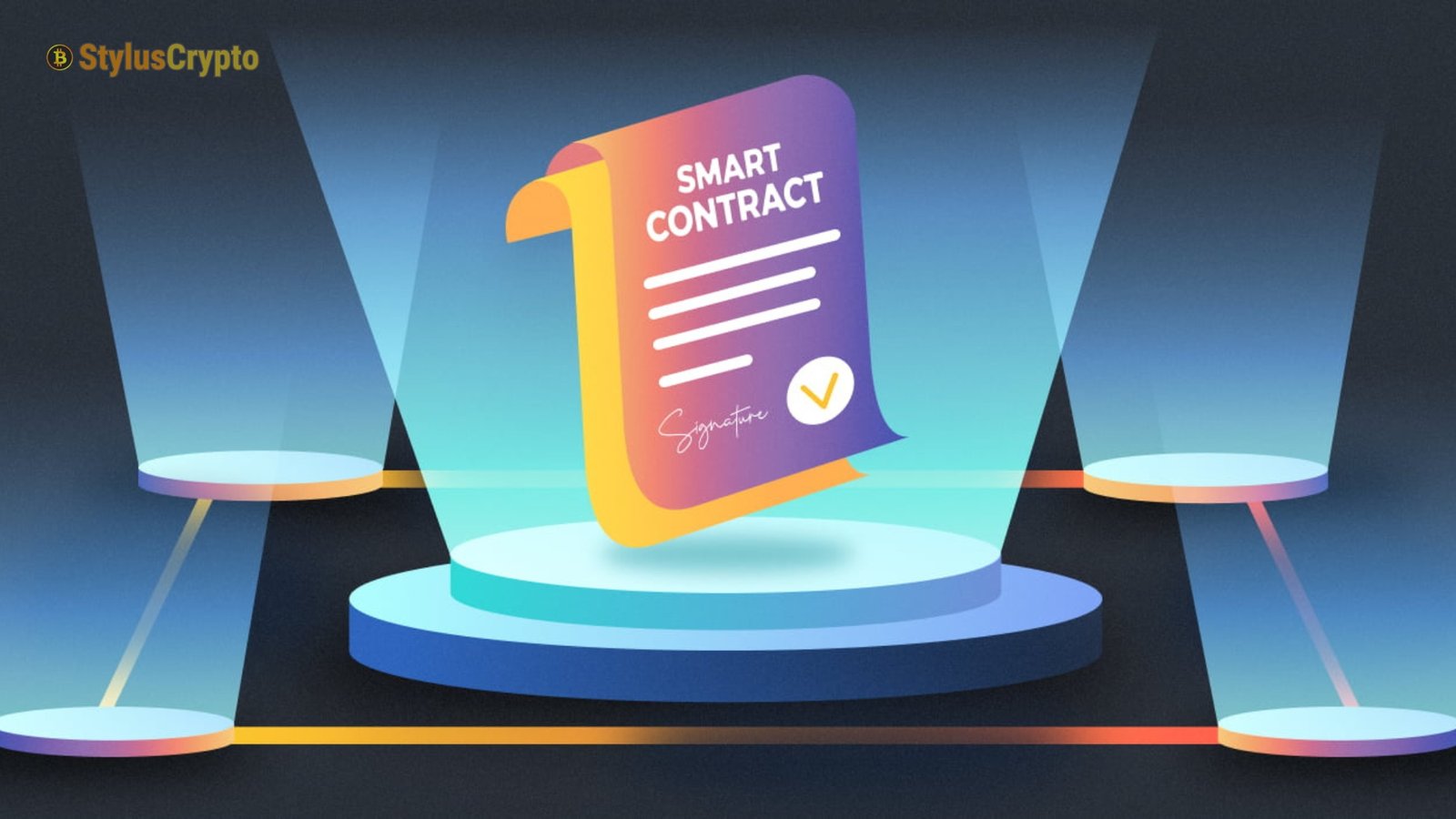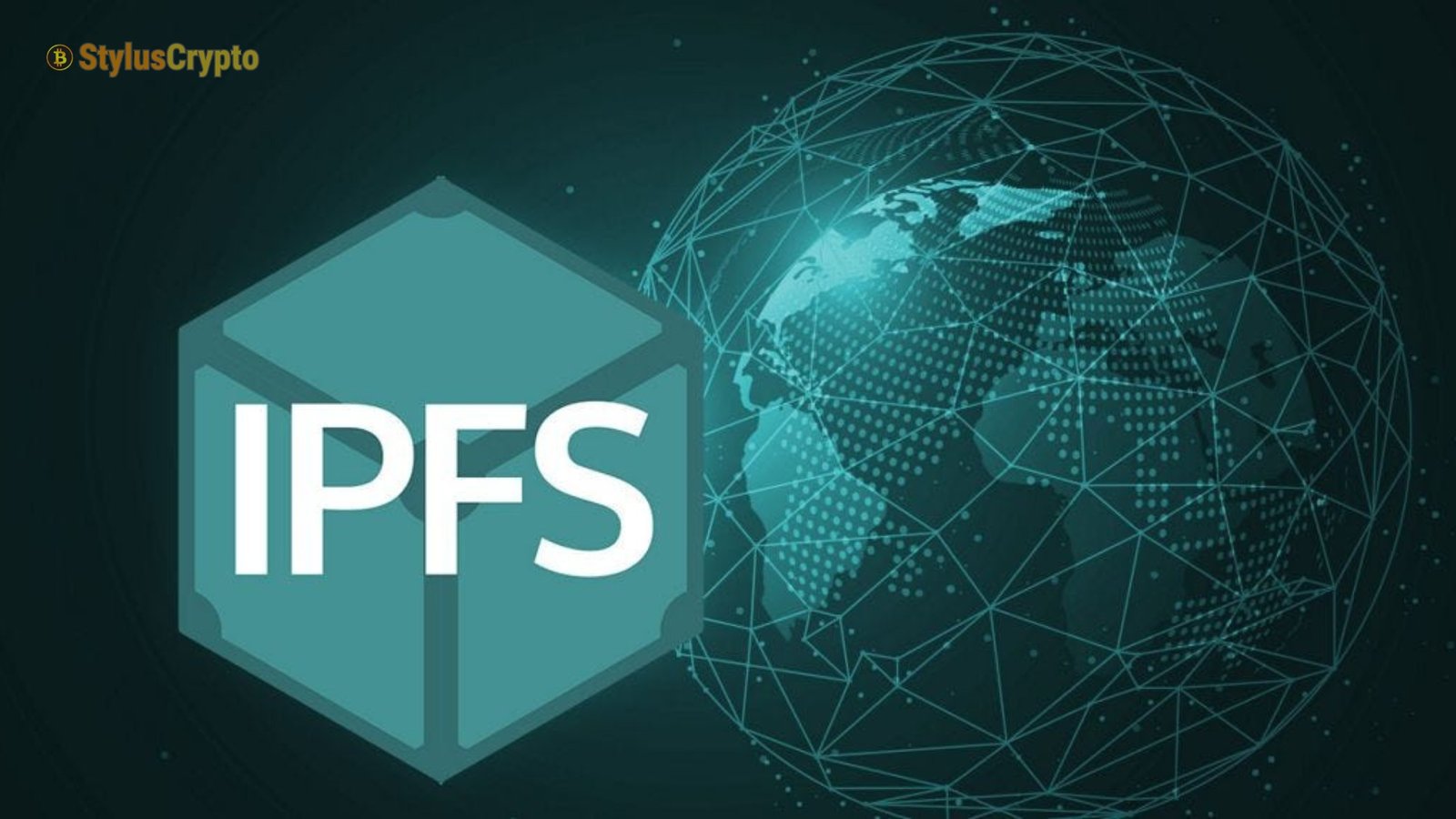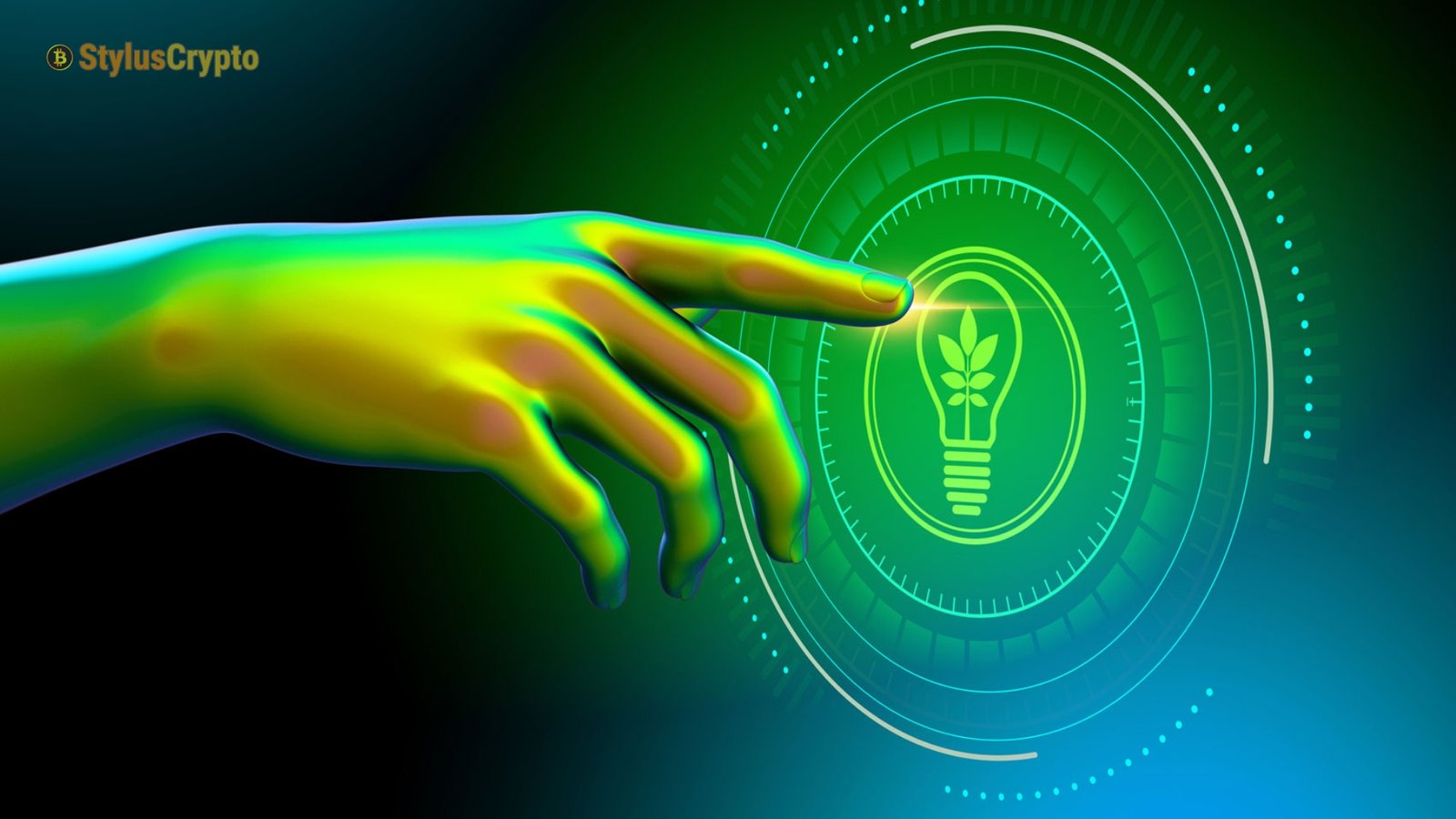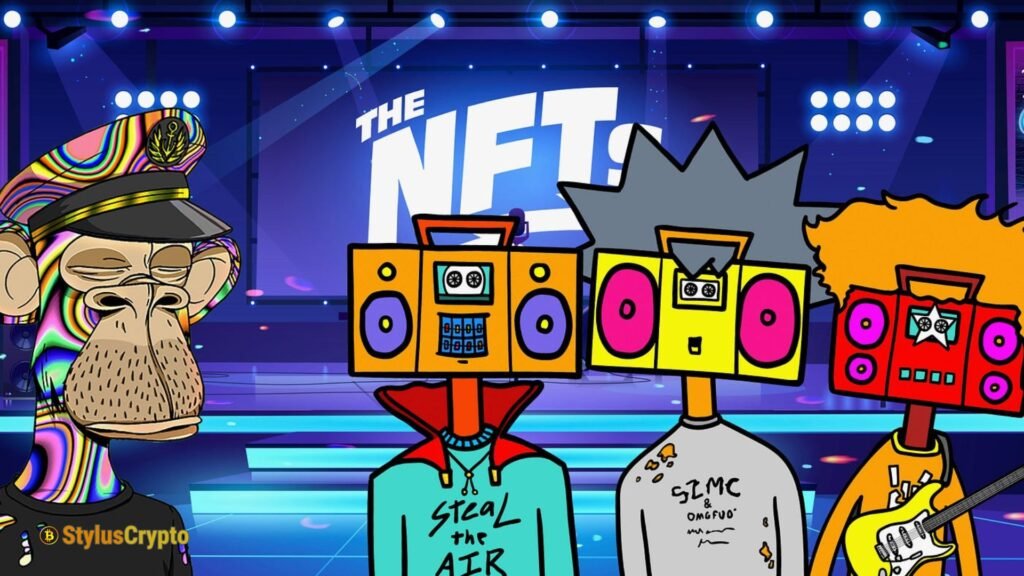NFT Development: Non-fungible tokens (NFTs) have emerged, revolutionizing how digital assets are created, owned, and traded. As blockchain technology evolves, so does the landscape of NFT development. This article explores the latest trends, technologies, and prospects in NFT development, providing a comprehensive overview of what to expect in this rapidly changing field.
The Evolution of NFTs
NFTs are unique digital assets representing ownership of a specific item or content on a blockchain. Unlike cryptocurrencies like Bitcoin or Ethereum, which are fungible and can be exchanged one-to-one, NFTs are one-of-a-kind, making them ideal for representing art, collectibles, real estate, and even intellectual property.
Initially, NFTs were primarily used in digital art, where artists could mint their works on platforms like OpenSea or Rarible. However, as the technology matured, NFTs found applications in various industries, from gaming to real estate, music, and fashion. This diversification drives innovation in NFT development, with new use cases emerging regularly.
Key Technologies Driving NFT Development
Smart Contracts and Blockchain Platforms
Smart contracts are the backbone of NFTs, enabling the creation, transfer, and management of these digital assets. Ethereum was the first blockchain platform to support NFTs, thanks to its ERC-721 and ERC-1155 standards. These standards define the structure and behavior of NFTs, ensuring they are unique and verifiable.
As the demand for NFTs has grown, other blockchain platforms have entered the space, offering alternatives to Ethereum. For instance, Binance Smart Chain, Flow, and Solana have gained popularity due to their lower transaction fees and faster processing times. These platforms are also introducing their own NFT standards, which may lead to increased interoperability across different blockchains in the future.
Layer 2 Solutions and Scalability
One of the biggest challenges facing NFT development is scalability. Ethereum’s network congestion and high gas fees have made it difficult for developers to create and trade NFTs efficiently. Layer 2 solutions such as Polygon (formerly Matic) and Optimism have been developed to address this issue. These solutions work on the Ethereum blockchain, enabling faster and cheaper transactions without compromising security.
Layer 2 solutions are becoming increasingly important as the NFT ecosystem grows. They allow developers to build more complex and interactive NFT applications, such as games and virtual worlds, without being limited by the constraints of the underlying blockchain.
Cross-Chain Compatibility and Interoperability
As more blockchain platforms support NFTs, cross-chain compatibility has become a key focus for developers. The ability to transfer NFTs between blockchains opens up new possibilities for users, such as using them in multiple virtual environments or trading them on various marketplaces.
Several projects are working on cross-chain NFT solutions. For example, the Polkadot and Cosmos ecosystems are designed to enable interoperability between different blockchains. These technologies could pave the way for a more connected and versatile NFT landscape, where users can seamlessly move their assets across various platforms.
Decentralized Storage and IPFS
Storing NFTs on a blockchain can be costly and inefficient, especially for large files like high-resolution images or videos. To solve this problem, developers increasingly use decentralized storage solutions like the InterPlanetary File System (IPFS) and Arweave. These platforms allow users to store and retrieve NFT data in a decentralized manner, ensuring the content remains accessible and secure over time.
Decentralized storage is crucial for the longevity and resilience of NFTs. As more developers adopt these technologies, we expect to see more robust and durable NFT ecosystems where digital assets are less vulnerable to data loss or tampering.
Emerging Trends in NFT Development
NFTs in Gaming and Virtual Worlds
Gaming has emerged as one of the most promising use cases for NFTs. In-game items, characters, and virtual real estate can all be tokenized as NFTs, giving players true ownership of their digital assets. This ownership model allows players to trade or sell their items on secondary markets, creating new revenue streams and enhancing the gaming experience.
Virtual worlds, or metaverses, are also becoming popular platforms for NFTs. Projects like Decentraland and The Sandbox enable users to create, buy, and sell virtual land and assets using NFTs. These metaverses are expanding, with more developers creating content and experiences that integrate NFTs, further blurring the lines between the digital and physical worlds.
Fractional Ownership and DeFi Integration
Fractional ownership is another emerging trend in NFT development. By dividing an NFT into smaller pieces, multiple users can own a share of a high-value asset, such as a rare art or a luxury property. This democratizes access to valuable assets and creates new investment opportunities.
Integrating decentralized finance (DeFi) with NFTs is also gaining traction. DeFi protocols enable users to lend, borrow, and trade NFTs decentralized, unlocking new financial use cases for these assets. For example, NFT owners can use their tokens as collateral for loans or participate in liquidity pools to earn rewards. This fusion of DeFi and NFTs is expected to drive innovation in both sectors, creating new financial products and services.
Environmental Concerns and Sustainable NFTs
The environmental impact of NFTs, particularly those on the Ethereum blockchain, has been a concern due to the high energy consumption associated with mining and transactions. In response, developers are exploring ways to create more sustainable NFTs.
One approach is the adoption of proof-of-stake (PoS) consensus mechanisms, which are less energy-intensive than the proof-of-work (PoW) systems used by Ethereum. Ethereum’s transition to Ethereum 2.0, which employs PoS, is expected to reduce NFTs’ environmental footprint significantly. Additionally, some projects offset their carbon emissions by purchasing carbon credits or using eco-friendly blockchains like Flow and Tezos.
The Future of NFT Development
The future of NFT development looks promising, with continuous innovation driving the creation of new applications and use cases. As blockchain technology matures, we expect to see more sophisticated and user-friendly NFT platforms, making engaging creators and consumers easier.
Interoperability between different blockchains will likely become a standard feature, enabling a more connected and versatile NFT ecosystem. Moreover, integrating AI and machine learning could lead to creating dynamic, evolving NFTs that change over time or adapt to user interactions.
As NFTs continue to gain traction, regulatory frameworks are also expected to evolve, providing clarity and protection for creators, buyers, and sellers. This will be crucial for the long-term sustainability and mainstream adoption of NFTs.
Conclusion
NFT development is at the forefront of the digital revolution, offering new ways to own, trade, and interact with digital assets. With advancements in blockchain technology, layer 2 solutions, and cross-chain compatibility, the NFT ecosystem is set to become more scalable, interoperable, and sustainable. As these trends unfold, the possibilities for NFTs are endless, making them a key area to watch in the coming years.

